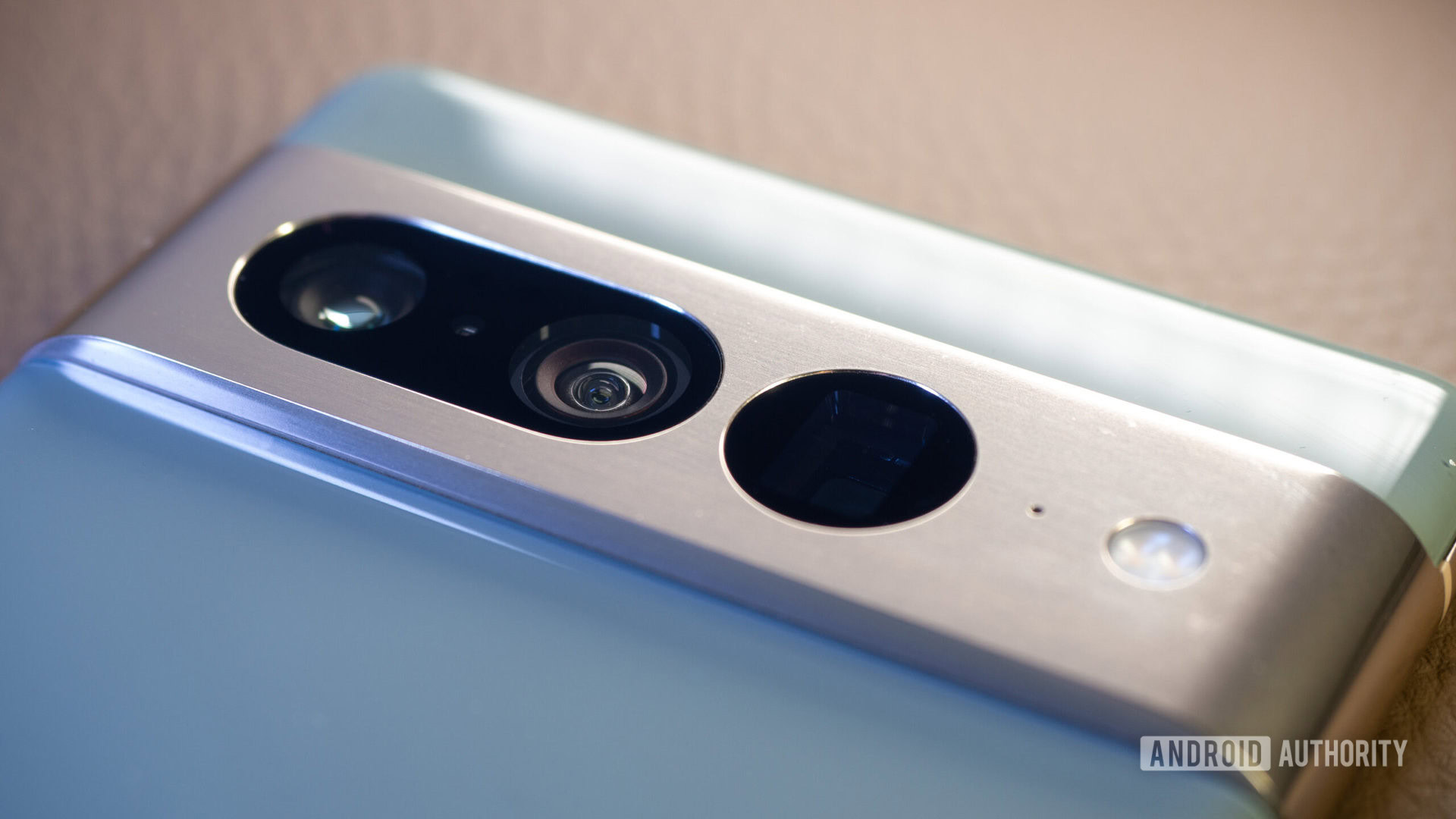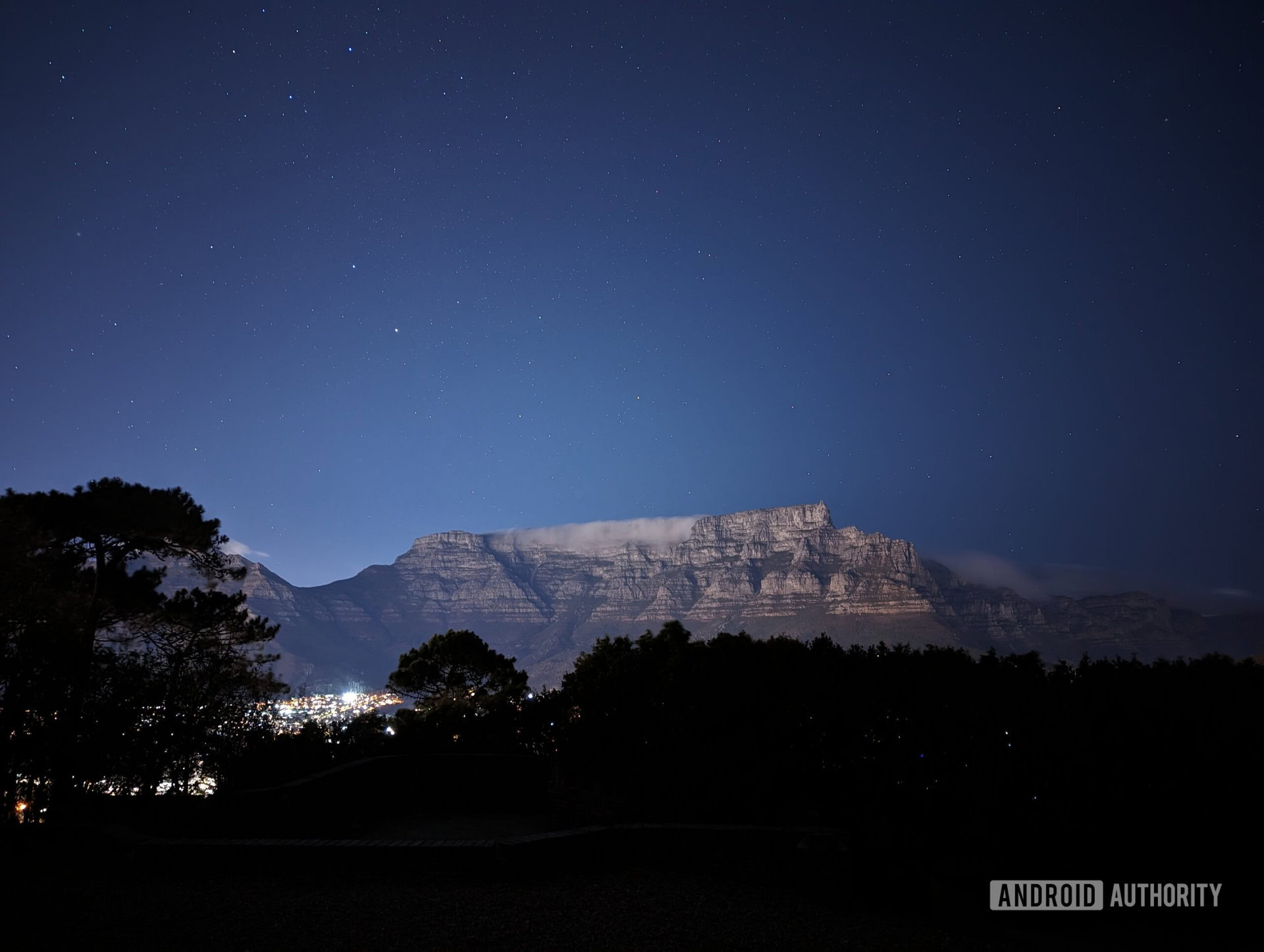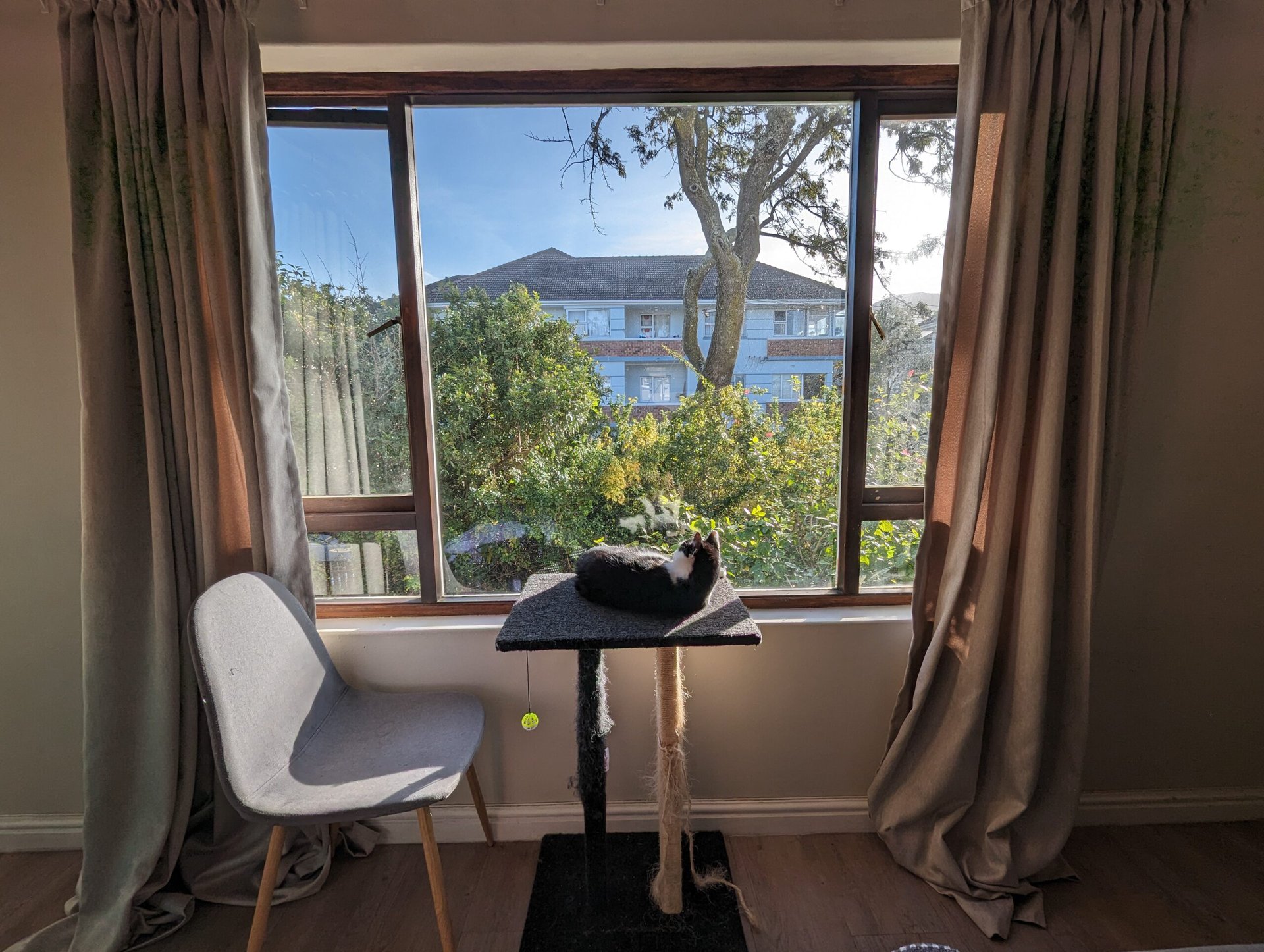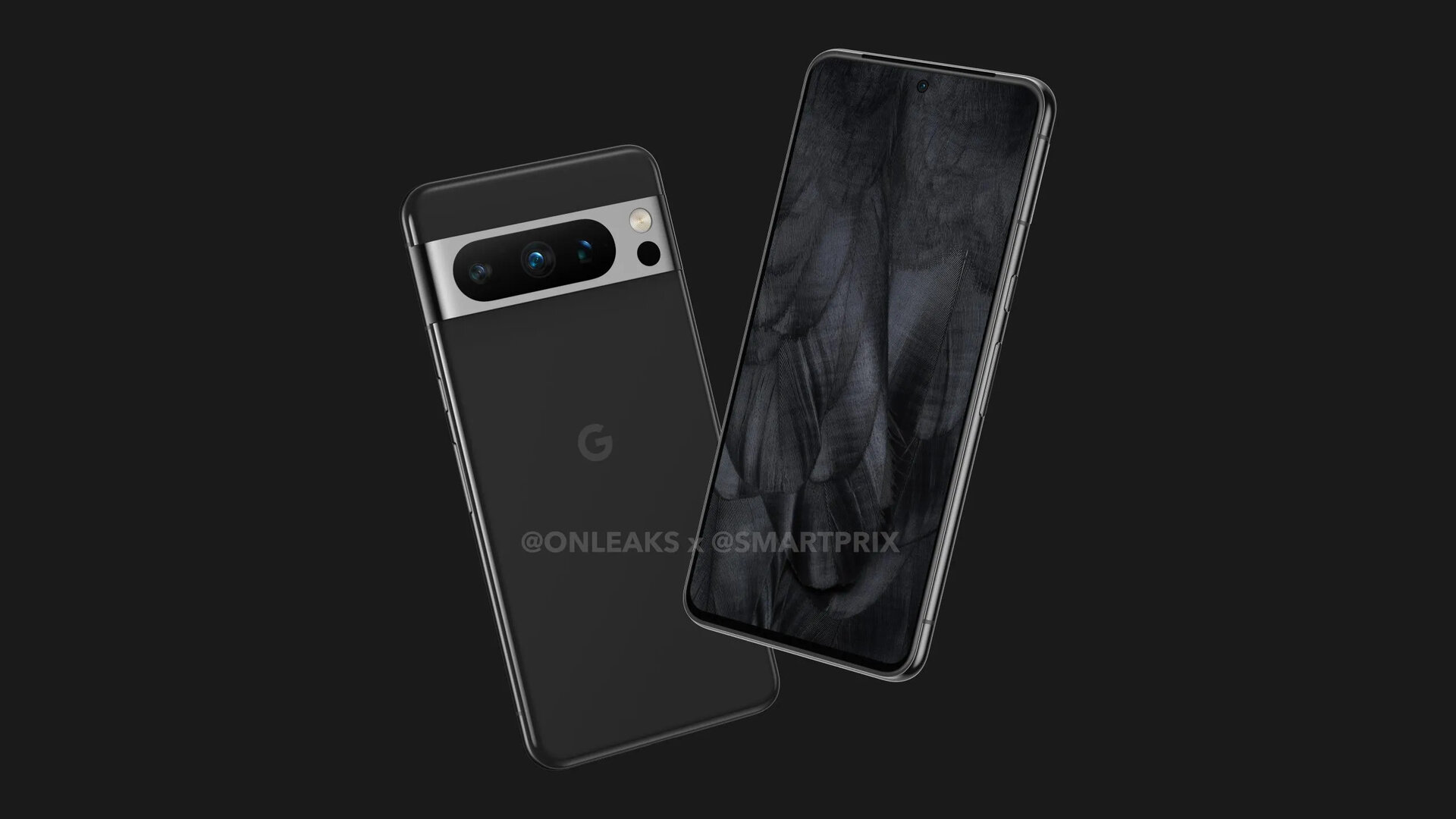Affiliate links on Android Authority may earn us a commission. Learn more.
The Pixel 8's rumored cameras could fix my biggest gripes with the Pixel 7

Google has long had a reputation for offering the best camera phones, with the Pixel 7 Pro being the most recent high-end example of this. The late 2022 flagship brought excellent all-around image quality, great zoomed-in snaps via the 48MP 5x camera, and some nifty extra modes.
The Pixel 7 Pro isn’t perfect, though, and other flagships are catching up quickly, even surpassing it. A recent Android Authority leak has revealed the Pixel 8 series camera specs and it turns out that these successors could be well equipped to deal with some of my Pixel 7 Pro complaints.
The Pixel 7 is no longer the low-light king
One of my biggest complaints about my Pixel 7 Pro is that low-light snaps can lag behind the competition. More specifically, the Galaxy S23 Ultra and vivo X90 Pro can take brighter shots.
Now, brighter isn’t always better, but the X90 Pro in particular tends to deliver more detail and improved color reproduction too. Take a look at this night mode comparison below. The Pixel does a much better job of taming the lights from the keypad and delivers a suitably moody shot. But the vivo handset brings plenty of detail and a brighter shot overall. Your preference may vary, but it’s clear the X90 Pro can give you more to work with.
Another clear-cut victory can be seen below, as the X90 Pro does a much better job in general. Neither phone delivers the most accurate white balance, but vivo captures a brighter image with much sharper text when looking at the game titles.
Fortunately, both the Pixel 8 and Pixel 8 Pro are believed to come with a 50MP Isocell GN2 main camera sensor. This isn’t quite a one-inch camera like on the vivo X90 Pro and other recent behemoth cameras, but it’s still a big sensor and should result in a notable boost to brightness while keeping noise in check. In saying so, I’d love to see Google retain a more realistic Night Sight toggle of sorts on the new phones, in addition to a brighter Night Sight option.
It still requires very long exposures for astro shots

A larger main camera sensor could also address another minor complaint I have, in that the Pixel 7 Pro has a very long exposure time for some low-light situations. Perhaps my biggest bugbear is that the otherwise top-notch astrophotography mode still has a maximum four-minute exposure time.
Now, this is an optional time and you can manually stop the exposure before then, but a bigger sensor would help reduce the maximum exposure time in the first place owing to increased light-gathering capabilities. I’m not expecting a handheld astro mode just yet as we’ve seen on some phones, but it would be a great longer-term goal for Pixel handsets to further cement their status as one of the best camera phones.
Shorter exposure times via a bigger sensor would also benefit other modes like Night Sight portraits, reducing blur without compromising brightness and detail. This way, your subject doesn’t have to remain still for a long time. I’d also imagine that your typical Night Sight mode, which already got sped up from the Pixel 6 Pro to 7 Pro, could see even shorter exposure times with the bigger sensor.
How about a better ultrawide experience?
It’s fair to say that while the Pixel 7 Pro delivers a great ultrawide camera, it feels a little out of fashion compared to rival handsets.
This could change with the Pixel 8 Pro, which is tipped to arrive with a 64MP IMX787 ultrawide camera and a slightly wider field of view. Sure, it’s getting smaller microns than the Pixel 7 Pro’s 12MP shooter (0.8 microns versus 1.25 microns), which might result in inferior low-light performance. But this could still end up being an overall upgrade if rival manufacturers are anything to go by.
The Pixel 7 Pro delivers mostly great daytime shots with the ultrawide shooter, offering wide dynamic range and a healthy level of detail. However, there’s certainly room for improvement, as some HDR scenes feature heavy splotching in darker parts of the image. See the top of the curtains and the wall to the right of the window in the picture below.

We’ve seen a trend where brands like OPPO, OnePlus, vivo, and Xiaomi are adopting ultra-high resolution ultrawide cameras on their flagship phones. They then use pixel binning to take better low-light shots, combining data from several adjacent pixels to deliver a lower-resolution image with reduced noise and increased brightness. Google could very well offer this same approach with the Pixel 8 Pro, resulting in ultrawide shots that could be closer in quality to snaps from the main camera.
What do you want most from the Pixel 8 series cameras?
In saying so, the Pixel 7 Pro’s ultrawide camera is already great in low light and can hold its own against the ultra-high-resolution competition, as this comparison between last year’s ZTE Axon 40 Ultra and vivo X80 Pro shows. The Axon 40 Ultra sample in particular is interesting given that I used a GCam port and it has the same IMX787 ultrawide sensor that the Pixel 8 Pro is rumored to use.
Nevertheless, a higher resolution snapper could still deliver more detailed daytime snaps, great low-light images, and more stable, super steady video if done right. I’d also like to see OIS on the Pixel 8 Pro’s ultrawide camera for even brighter snaps and more stable video in general, but I’m not holding my breath.
The Pixel 7 suffers from bad autofocus in low light
The Pixel 7 Pro’s autofocus capabilities are perfectly respectable during the day and in mixed lighting. But it’s downright awful in very low-light situations. I immediately noticed this when doing camera comparisons between the Pixel and other flagships this year. The Pixel simply struggles to focus in extremely low light, resulting in snaps that look like the first image below even after numerous attempts.
You can also see evidence of this unreliable autofocusing in the screen recording below, with the camera refusing to focus correctly even when I tapped on the subject.
This might be a fringe case then, and there’s always a flash to help out, but I’d still love to see Google fix this issue. Thankfully, there is some hope as the Pixel 8 Pro is tipped to arrive with a more advanced 3D ToF camera than the Pixel 7 Pro’s so-called “single-point” 3D ToF sensor and laser-detect autofocus.
A more advanced 3D ToF sensor should theoretically enable more accurate autofocus capabilities, being able to contribute depth information to help adjust focus. I’m also hoping that this upgraded sensor could help deliver more accurate snaps in Google’s other Pixel camera modes like Action Pan and portrait mode. Action Pan in particular looks pretty artificial at the best of times, so fingers crossed that we see upgrades there too.
Another major step forward for Pixel hardware
It’s clear that Google has embraced camera hardware upgrades with recent Pixels after years of leaning almost exclusively on computational photography smarts and using the same sensors.
Do you think the cameras on the Pixel 8 series will be superior to the Pixel 7 series?
This trend seems to be continuing with the Pixel 8 series as well, and we’re glad to see the company step up its game here. We only hope that Google is able to take full advantage of these hardware upgrades to deliver meaningful improvements, allowing it to catch up to some fast-moving rivals.
